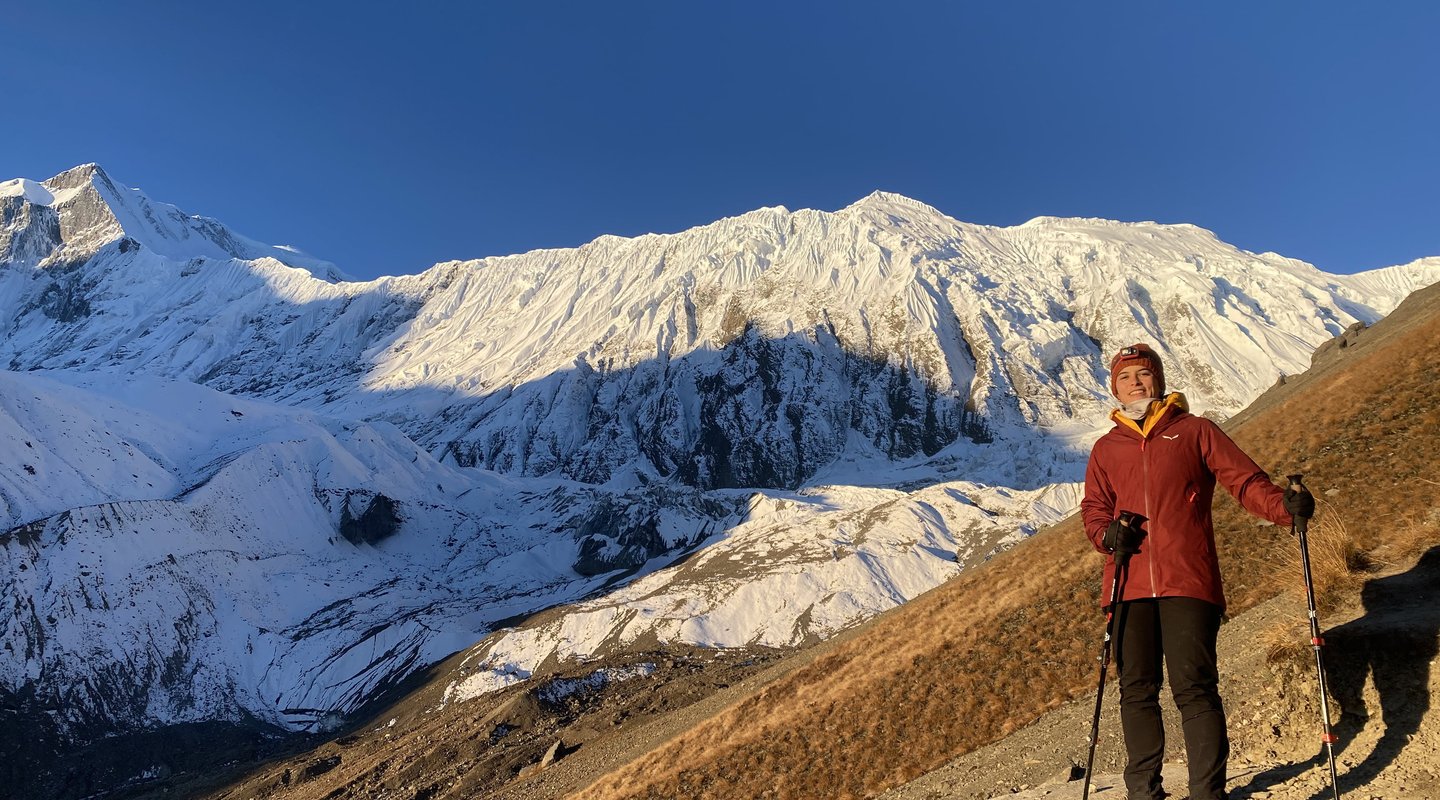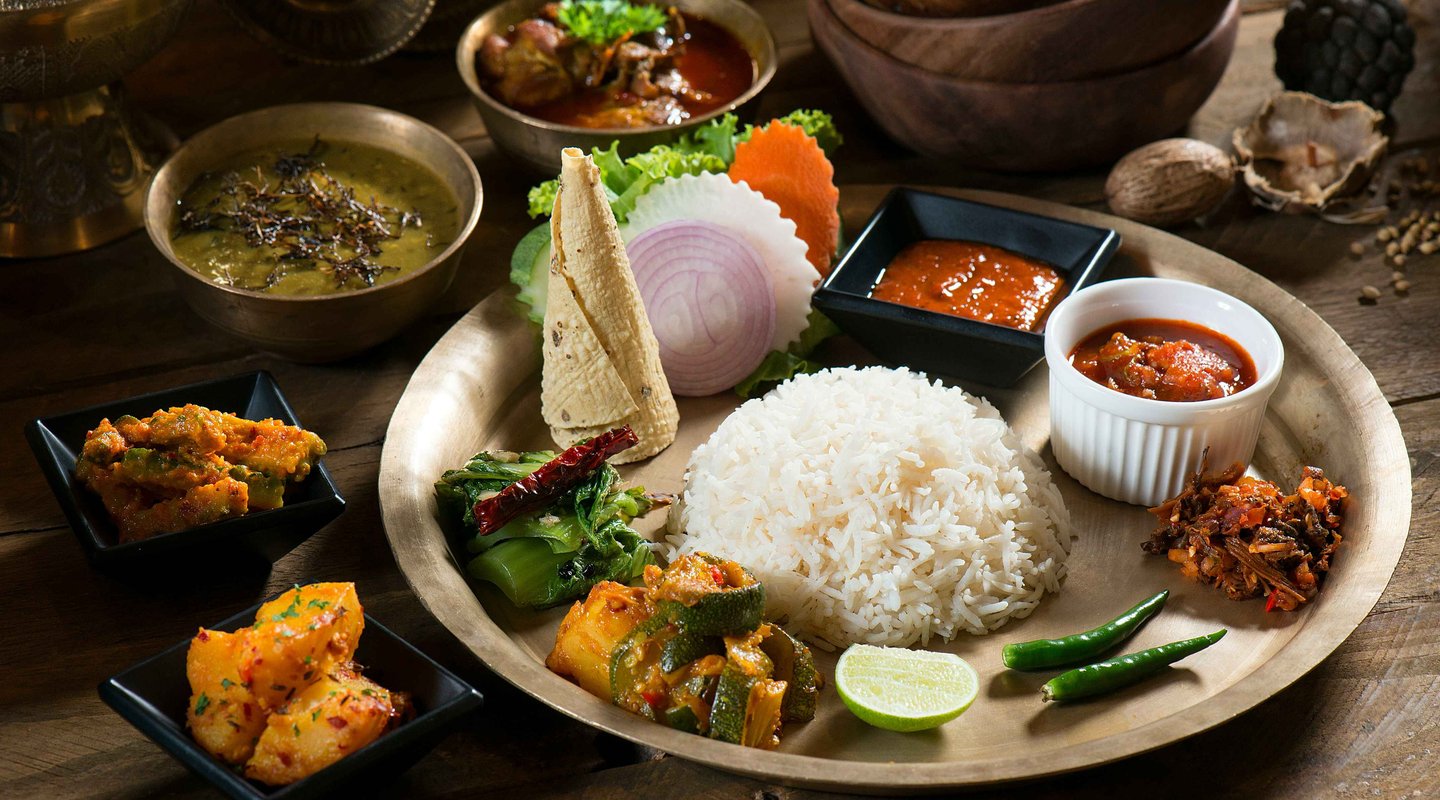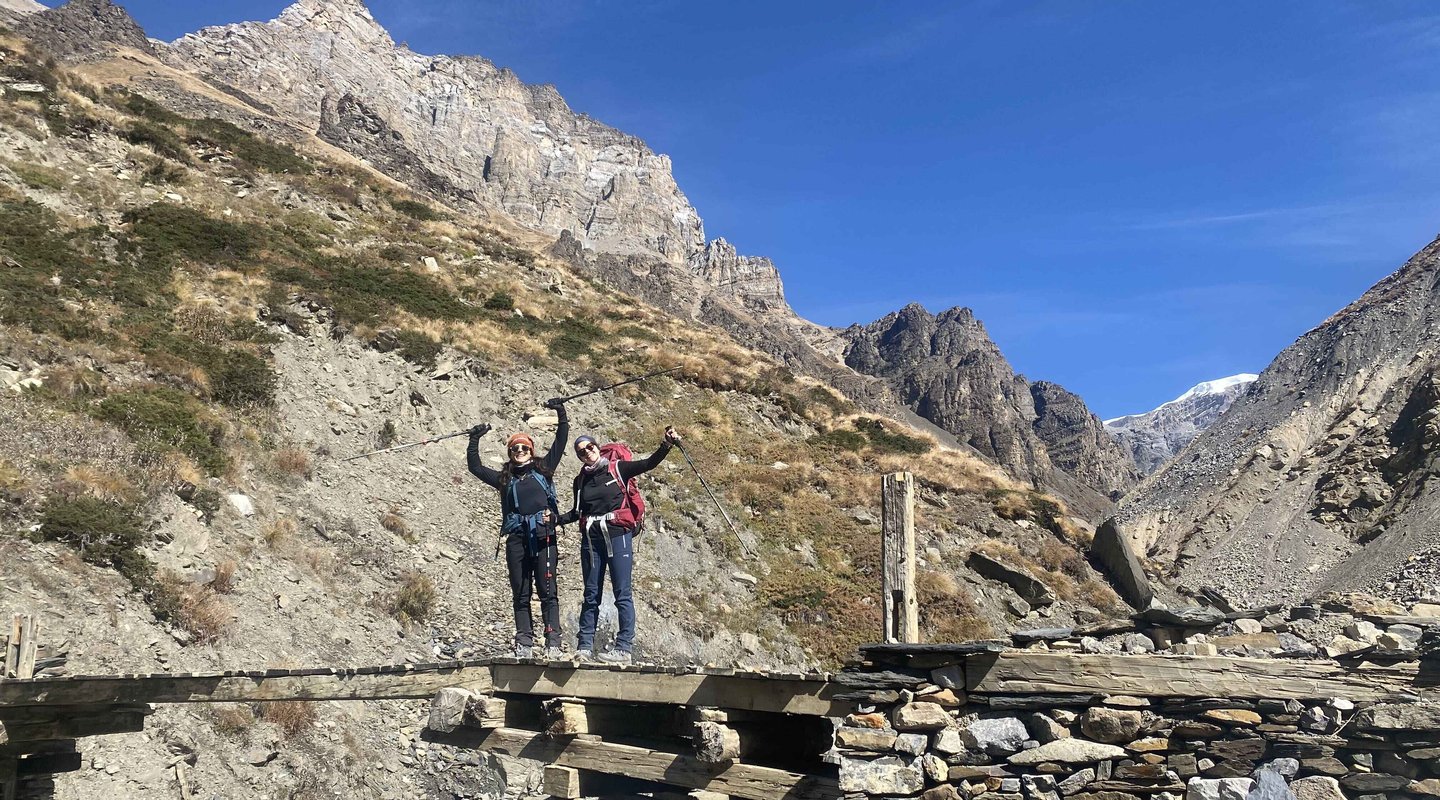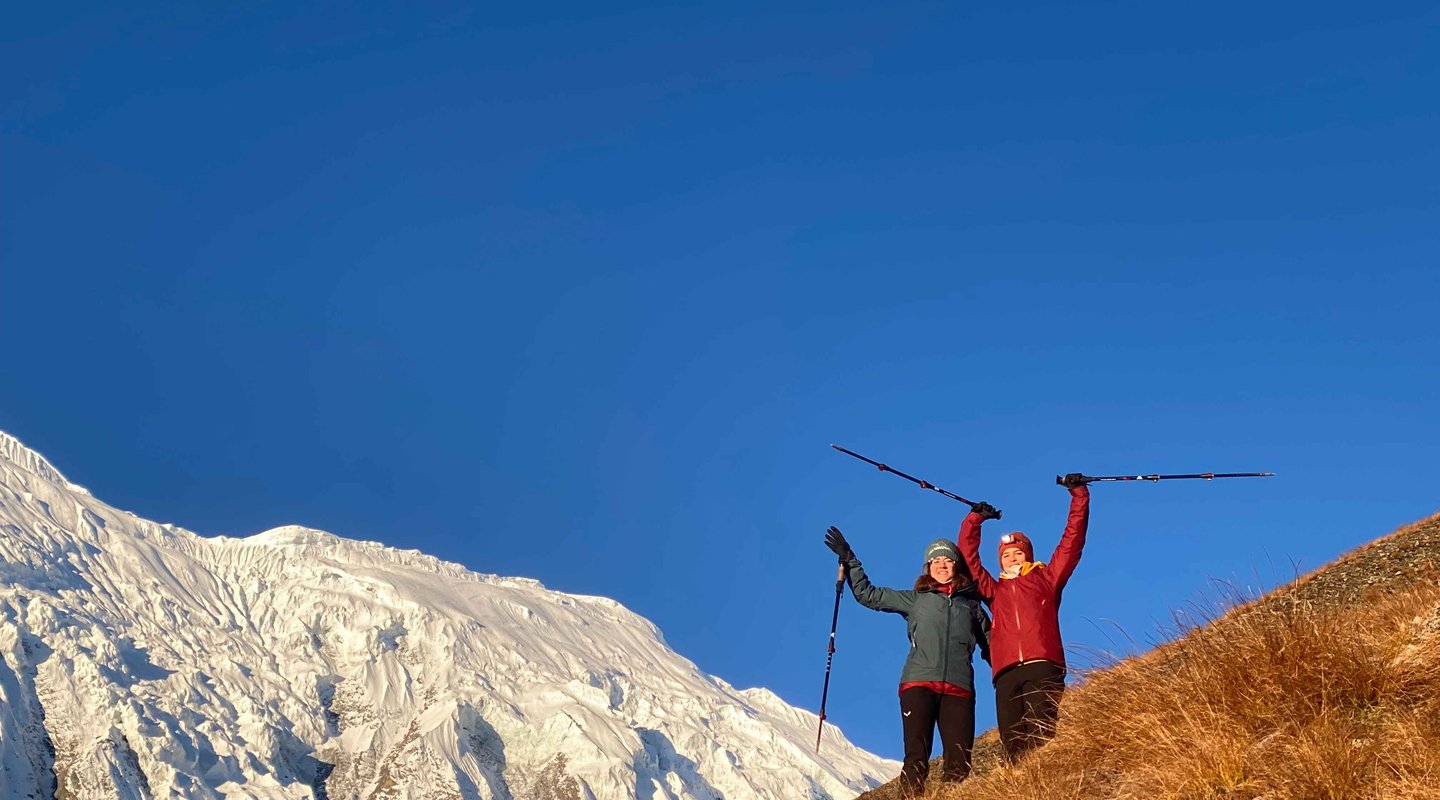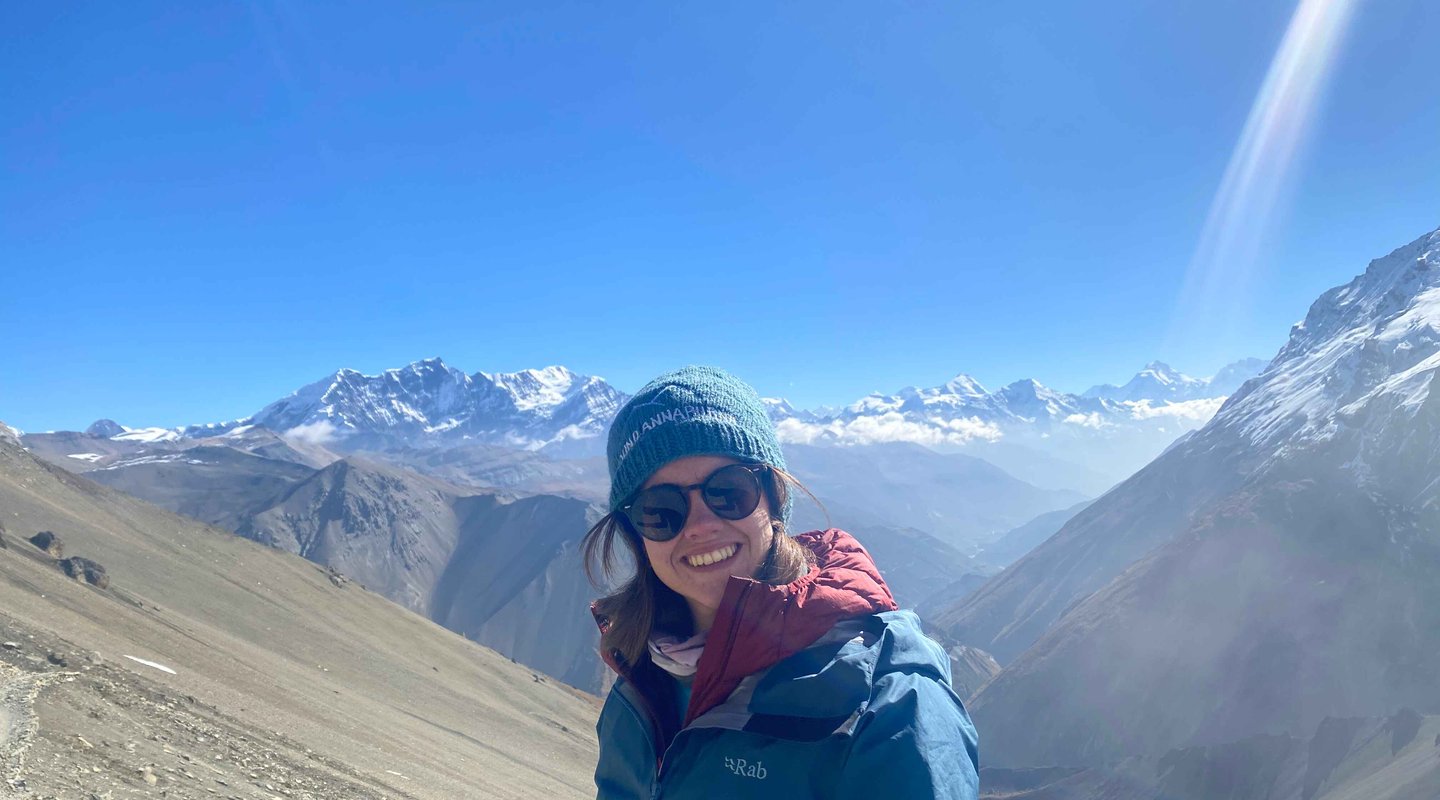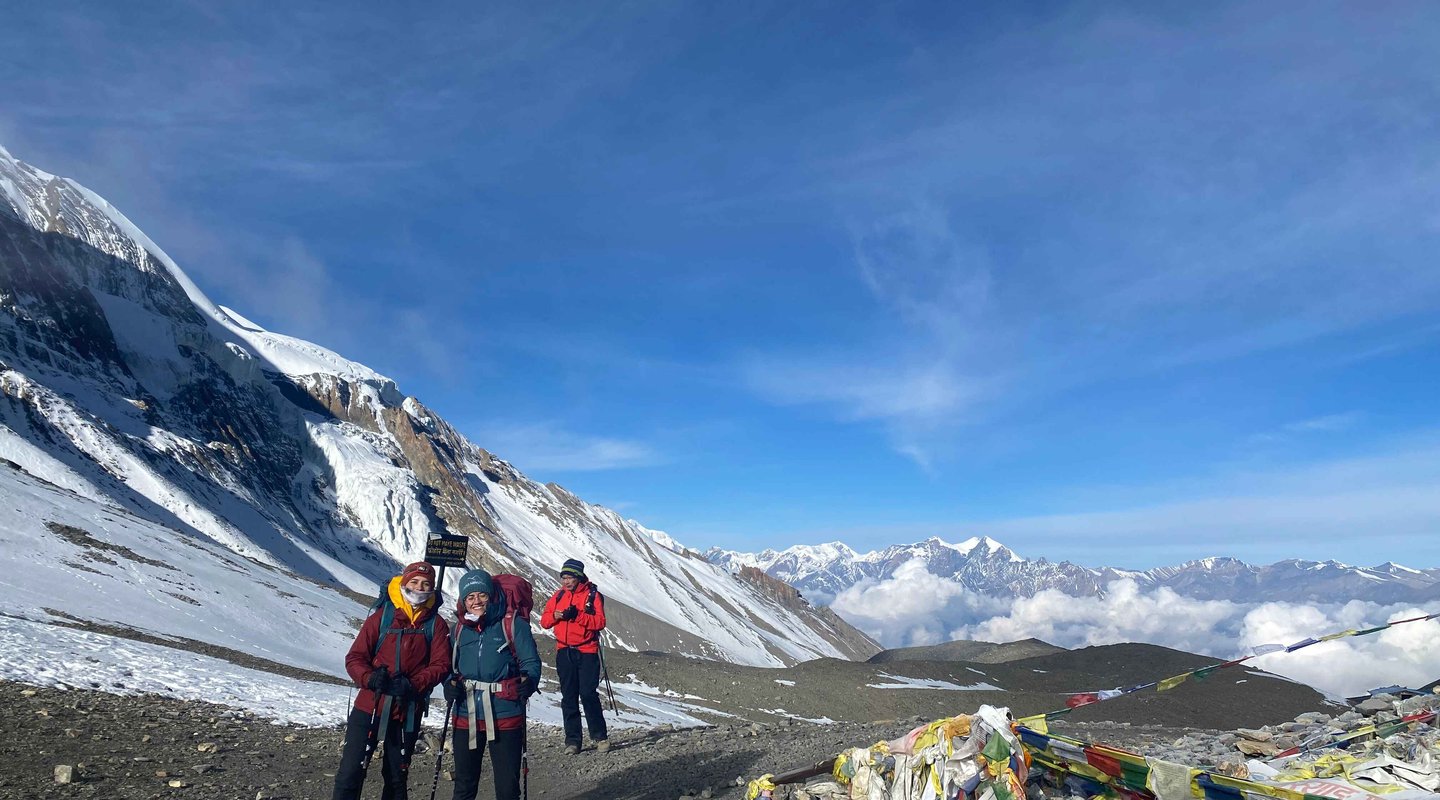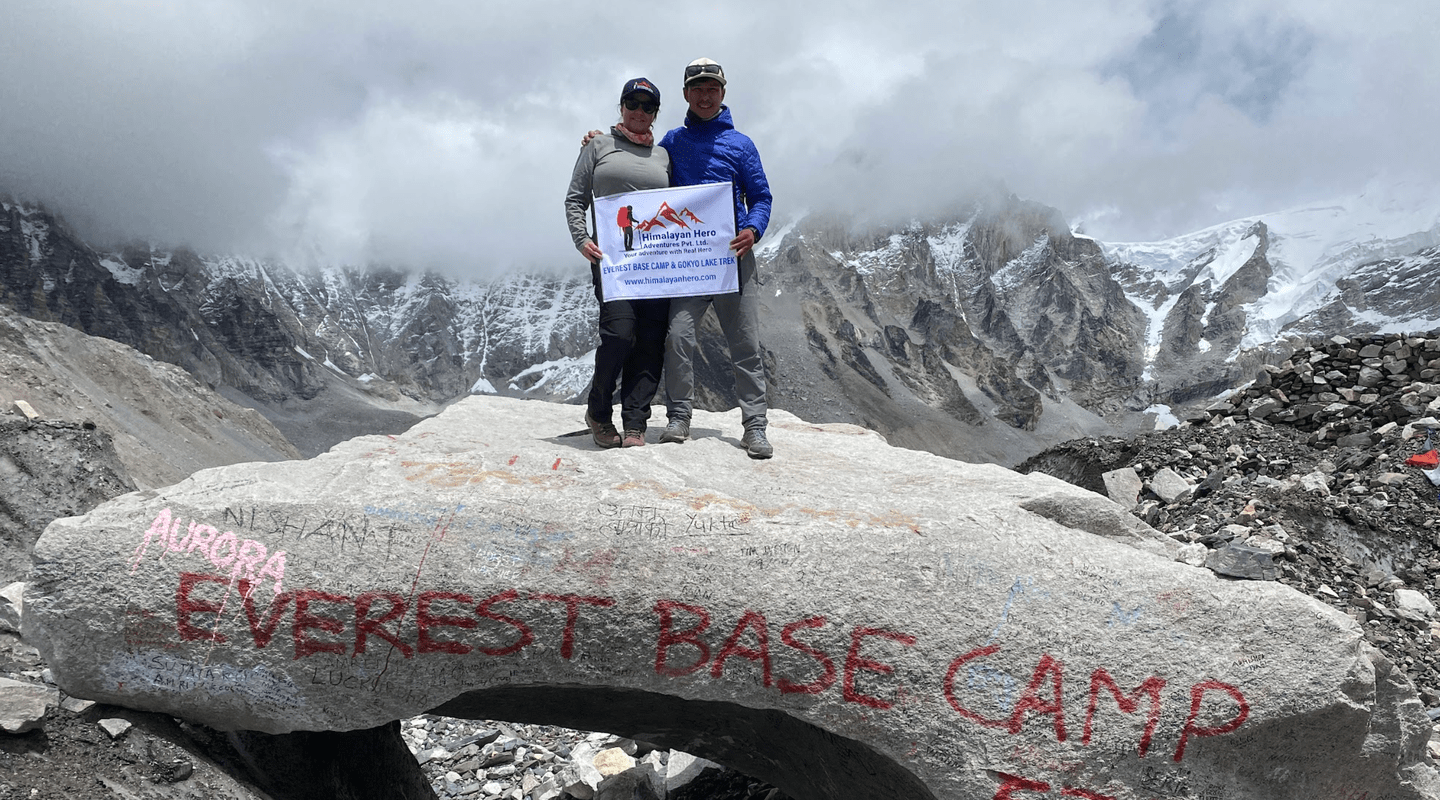
Trekking to Everest Base Camp (EBC) is a bucket-list adventure for thousands around the globe. While spring and autumn are typically favored for their stable weather and clear skies, summer trekking presents a different set of challenges and rewards. Summer in Nepal generally spans from June to August and coincides with the monsoon season. This period transforms the Khumbu region into a lush, green landscape, but it also introduces heavy rainfall, leeches, and slippery trails. So, is it possible to complete the Everest Base Camp trek in summer? The answer is a resounding yes—with the right preparation, mindset, and adjustments to your itinerary, summer trekking can be a memorable and achievable adventure.
During summer, the Everest region is subject to the monsoon, which brings periodic heavy rains. These rains saturate the trails, leading to muddy paths, increased river flows, and occasional landslides. Temperatures at lower altitudes can be relatively warm and humid, while higher altitudes remain cold, with the risk of sudden temperature drops.
The monsoon season revitalizes the flora along the trek, resulting in vibrant landscapes and blooming rhododendrons. However, the lush environment means that trails can be less defined, sometimes covered in mud or washed out. Waterlogged paths require extra caution as they are slippery and can slow your progress.
Cloud cover and rain can occasionally obscure the majestic views of Mount Everest. Additionally, mist and fog are common, which might dampen the overall trekking experience. However, when the skies clear even briefly, the contrasts between the green valleys and snow-capped peaks are breathtaking.
One of the most compelling benefits of summer trekking is the stunning, vibrant scenery. The monsoon season transforms the region into a verdant paradise. Waterfalls, flowing streams, and lush vegetation create a dramatically different backdrop compared to the more barren landscapes of the dry seasons.
While peak seasons like spring and autumn attract hordes of trekkers, summer tends to be less crowded due to the reputation of the monsoon’s challenges. For those who prefer a more solitary and introspective experience, trekking in summer can offer a sense of exclusivity and tranquility on the trail.
Traveling during the summer monsoon may also mean lower costs. Some trekking companies offer off-season discounts, and accommodation prices in teahouses or lodges can be more budget-friendly. This can make the trek more accessible if you’re mindful of your budget.
Summer trekking often coincides with local festivals and events in the Khumbu region. Engaging with Sherpa communities during this time can offer unique insights into their traditions and way of life. The warmth and hospitality of the locals shine through, providing enriching cultural experiences that go beyond the physical trek.
The most significant challenge of summer trekking is the heavy rainfall. Persistent rain can turn well-trodden trails into slippery, muddy paths, increasing the risk of falls or sprained ankles. Constant wet conditions can also make it difficult to keep your gear dry and comfortable.
The saturated soil during the monsoon season can trigger landslides, posing a hazard on the trail. Sudden flooding of streams and rivers is another concern, potentially disrupting your itinerary and forcing unplanned delays or detours.
The humid, wet conditions are a breeding ground for leeches and insects. While not life-threatening, they can be a nuisance and affect your comfort on the trail. Additionally, the increased moisture may lead to issues with food hygiene and waterborne illnesses if proper precautions are not taken.
Summer weather in the Himalayas can be extremely unpredictable. Overcast skies and sudden downpours may obscure the awe-inspiring views of Everest and other peaks. This lack of visibility can dampen the overall trekking experience, especially for those eager to capture stunning photographs.
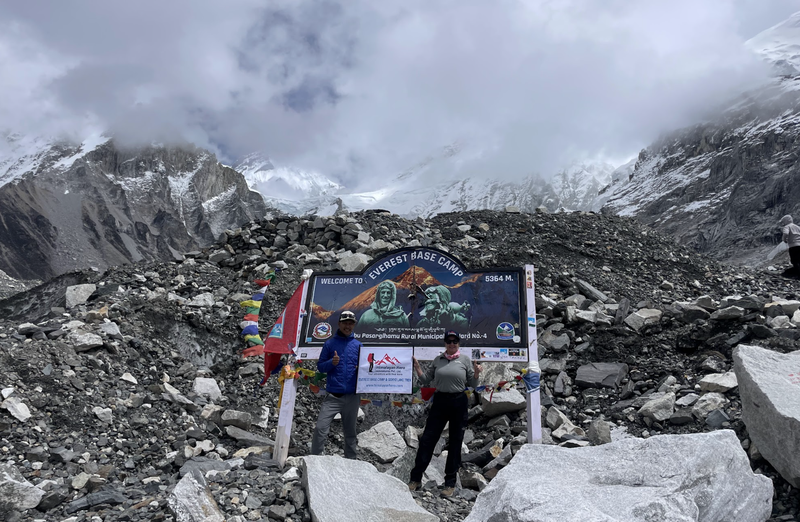
While summer in Nepal is synonymous with the monsoon, planning your trek for early summer (late May to early June) or late summer (late August) might help you avoid the heaviest rains. In these transitional periods, weather conditions can be more stable, offering a compromise between lush landscapes and safer trail conditions.
When trekking in summer, it is wise to build flexibility into your itinerary. Expect delays due to rain or muddy conditions and plan for extra rest days to accommodate potential setbacks. A flexible schedule allows you to adjust your pace, ensuring your body has enough time to acclimatize and recover.
Invest in high-quality waterproof gear, including jackets, trousers, and backpack covers. Quick-drying clothing and moisture-wicking base layers are essential to prevent discomfort during prolonged wet conditions. Pack extra socks and ensure your trekking boots have good traction to manage slippery surfaces.
While rain may make you feel less thirsty, it’s crucial to maintain hydration at high altitudes. Carry a reliable water purification system to ensure safe drinking water. Additionally, a diet rich in high-energy, easy-to-digest foods will help keep your energy levels up during the challenging, wet trek.
Bring a robust first-aid kit that includes remedies for minor injuries, altitude sickness medications, and insect repellents. Given the higher risk of gastrointestinal issues during the monsoon, consider packing electrolyte supplements and over-the-counter medications for waterborne illnesses. Always heed the advice of your guide regarding symptoms of altitude sickness and theimportance of acclimatization.
Training for a summer trek requires a tailored approach. Focus on building strength, endurance, and balance through regular hiking, jogging, or stair-climbing exercises. Mental preparation is equally important—summer treks can be physically and emotionally draining due to the challenging conditions. Techniques such as meditation or breathing exercises can help you stay calm and focused on the trail.
Summer trekking offers a unique experience that differs significantly from the more popular spring and autumn seasons. Embrace the lush green landscapes, interact with local communities, and enjoy the relative solitude of the trail. By adopting a flexible and positive mindset, you’ll be better equipped to handle the unpredictable nature of the monsoon.
Keep a close eye on local weather forecasts and be prepared to adjust your itinerary. The dynamic weather patterns during the summer mean that conditions can change rapidly. Stay in regular contact with your guide and fellow trekkers to ensure everyone is informed of any necessary route changes or safety measures.
A: Yes, it is possible to complete the Everest Base Camp trek in summer. Although summer is the monsoon season, with proper planning, flexibility, and the right gear, trekkers can safely complete the journey while enjoying the lush, green landscapes of the Khumbu region.
A: The primary challenges include heavy rainfall, muddy and slippery trails, increased risk of landslides, reduced visibility due to cloud cover, and the presence of leeches and insects. These factors require extra caution and a flexible itinerary.
A: Invest in high-quality waterproof gear, pack extra socks, and ensure your trekking boots offer excellent grip. Build physical endurance with targeted training, stay updated on weather forecasts, and plan for additional rest days to accommodate delays caused by heavy rain.
A: Generally, summer treks during the monsoon are less crowded compared to the peak seasons of spring and autumn. This can provide a more solitary and immersive experience, though it also means you must be prepared for less predictable weather conditions.
A: Always follow the advice of your guide and be prepared to adjust your itinerary. If heavy rain, landslides, or other dangerous conditions occur, it may be necessary to delay your ascent or even descend to a lower altitude until conditions improve. Safety should always be your top priority.
So, is it possible to complete the Everest Base Camp trek in summer? Absolutely—it can be done, but it requires careful planning, the right gear, and a flexible approach to overcome the challenges posed by the monsoon. Summer trekking in the Everest region offers its own distinct charm: lush landscapes, fewer crowds, and unique cultural experiences. However, it also comes with risks such as heavy rainfall, muddy trails, and unpredictable weather that demand extra caution and preparedness.
Join the community atHimalayan Hero Adventure for expert guidance, comprehensive trek packages, and a supportive network that prioritizes your safety every step of the way. Begin your adventure today—because with the right plan, even summer challenges become stepping stones to unforgettable experiences.
